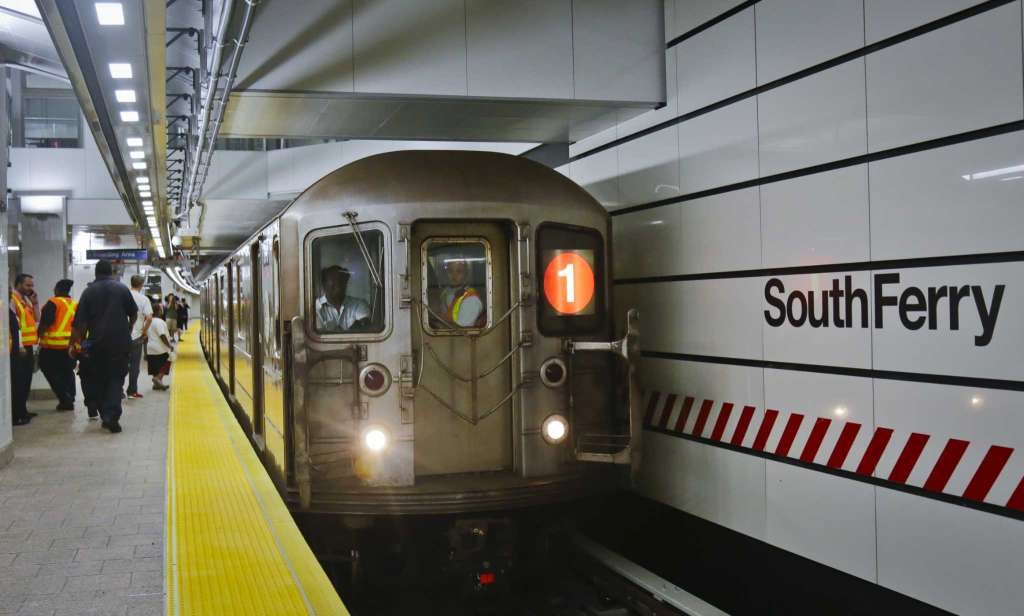Subways seem like they are are falling apart across the United States. And still, people want them, even though cost is a barrier. The ones that work seem to be safe and reliable.
Today, the United States is seeing a boom in mass transit. Since 1995, mass transit ridership is up 34 percent while vehicle miles traveled by individual drivers has risen 33 percent, according to the American Public Transportation Association.
Yet, every day brings more stories of stranded passengers, crumbling systems and even derailments. Let’s look at what’s happen with the subways.
Broken Subways
In 2016, ridership of the New York City subway system, supervised by the Metropolitan Transit Authority, hit over 1.7 billion riders, according to the MTA. However, that ridership does not help the system turn a profit. In 2017, the MTA’s projected operating expense is $12.7 billion, while operating revenue is projected to be only $8.5 billion. That means there will be more than a $4 billion shortfall.
Faced with continuous headaches, New York Gov.Andrew Cuomo declared a state of emergency for the New York City subway system. The action followed the derailment of a car in Harlem which injured 34 people.
The derailment delayed cars on the rail for hours, just the latest in a series of delays that have become more and more common for the New York City subway. In the past five years, the number of subway delays has tripled, according to USA Today.
There are plans to make repairs and improve the system. In announcing the state of emergency, he pledged $1 billion to the MTA capital plan. But, that’s only one-quarter of the expected shortfall just in operating expenses, not long term improvements.
Starting July 1, the M train, which runs in Manhattan, was shut down for two months in order to demolish and replace a section of its tracks, according to Metro. In 2019, there are plans to shut down the L line, which runs between Manhattan and Brooklyn, to make improvements. Many Brooklynites are already beginning to panic, fearing they won’t be able to travel easily into the city.
Out west, San Francisco’s Bay Area Rapid Transit (BART) system is facing similar issues. In early June, smoke on one of the trains resulted in a two-hour delay, then in late June, flooding in the tunnels and an equipment problem caused delays.
BART does have plans to improve the system, including replacing the cars and installing a new control system in order to allow trains to operate more frequently, according to the BART website.
Washingtonians have been complaining about their system for years, and for good reason. Last year, they experienced a near-shut down of the Washington Metro subway system. About $150 million has kept the system operating, but there’s more to be done.
“We saved the patient from dying,” Jack Evans, the transit agency’s chairman, told the New York Times. “The patient is still very, very sick.”
In late June, Metro experienced two electrical breakdowns, delaying the Red Line for hours. Critics say that the system needs to raise an additional $500 million a year in revenue just to keep service at current levels.
Up in Boston, the Massachusetts Bay Transportation Authority, the oldest in the country, is often under scrutiny. In April, the T saw delays caused by defects in new train cars, and in March, a number of electrical issues delayed the system. The T often has to slow or halt service in the case of snowstorms, although thankfully it has not experienced another snowfall like it did in 2014-15.
Subways That Work — And More On The Way
The Chicago “L” has the second highest ridership for a subway system in the U.S., but hasn’t experienced the problems like the NYC Subway and Washington Metro. Regular maintenance, like the rehabilitation of the Brown Line and parts of the Red line, have kept the system running relatively smoothly.
The Los Angeles Metro Rail, completed in 1993, was the last subway system to be built in the United States excluding rail expansions. However, more are under construction elsewhere. Last Saturday, the newest subway system in the world was opened in Changchun, China.
The cost burden has held many cities back from building subway systems. They cost anywhere between $58 million per kilometer and $1.7 billion per kilometer (about two-thirds of a mile). Nevertheless, several cities have discussed the possibility of new systems.
The Dallas Area Rapid Transit (DART) has proposed three subway routes to the City Council, and hopes that the project can be completed by 2024, according to the Dallas News.
Portland has also discussed the possibility of a subway system. City planners talked about the possibility of the system in June, but admit that any subway project would be at least 30 or 40 years away, according to the Oregonian.
Subway trains may not run on time, and as with any mechanical system, they do break down. What is for certain is that without regular rehabilitation and upkeep, subway systems don’t withstand the test of time.

